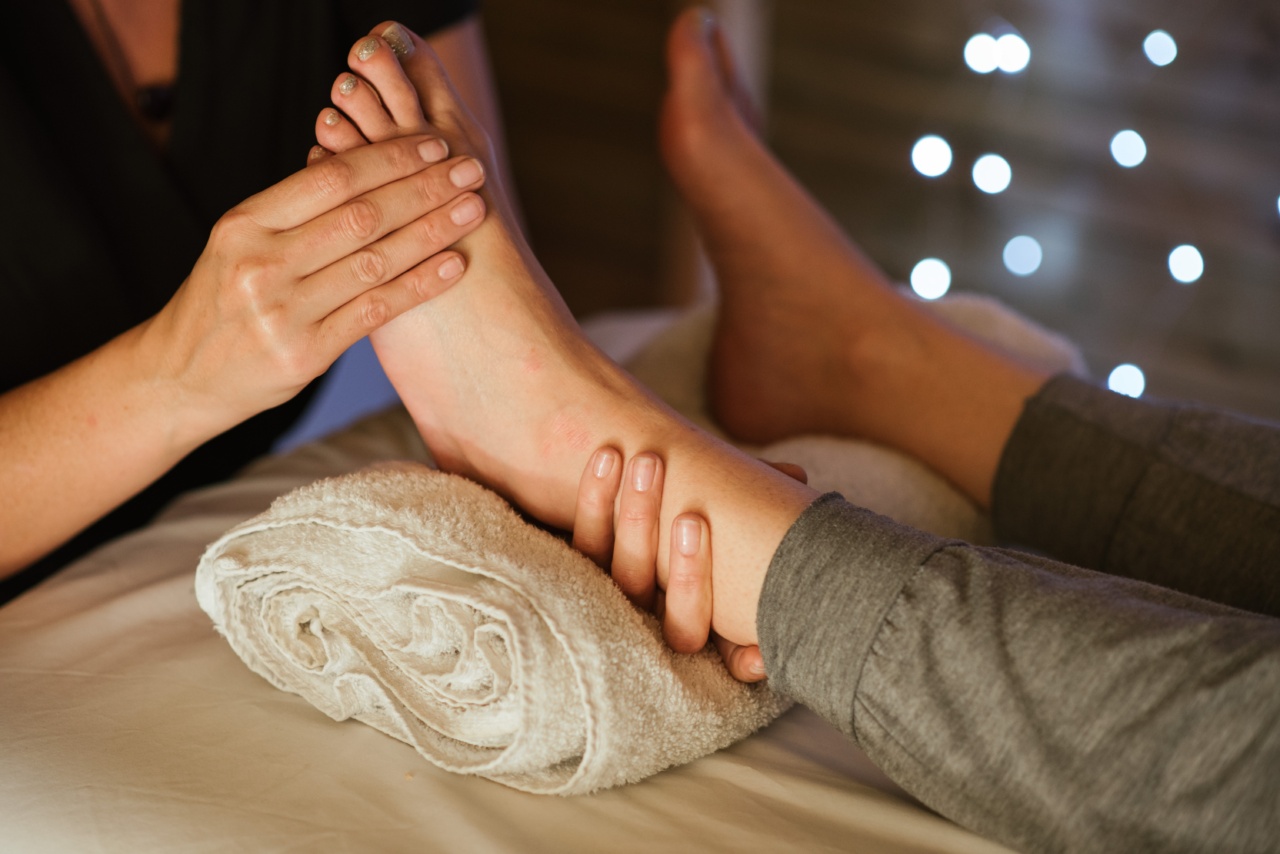Migraines are a common neurological disorder that affect millions of people worldwide.
They are characterized by intense headaches that can last for several hours or even days, accompanied by symptoms such as nausea, sensitivity to light and sound, dizziness, and visual disturbances. While there is no cure for migraines, there are several treatment options available that can help manage the symptoms and reduce the frequency and severity of the attacks. One such treatment is light therapy.
What is Light Therapy?
Light therapy, also known as phototherapy or bright light therapy, is a form of treatment that involves exposure to artificial light. The light used in this therapy is typically a bright white light that mimics natural sunlight.
It is administered using a special light box or lamp that emits up to 10,000 lux of light, which is much brighter than regular indoor lighting.
How Does Light Therapy Work?
The exact mechanism by which light therapy works is not fully understood. However, it is believed that exposure to bright light helps regulate the circadian rhythm, which is the body’s natural sleep-wake cycle.
This, in turn, can help alleviate the symptoms of various sleep disorders, including insomnia, circadian rhythm disorders, and seasonal affective disorder (SAD).
Additionally, light therapy has been found to be effective in the treatment of several other conditions, including:.
- Depression
- Jet lag
- Shift work sleep disorder
- Parkinson’s disease
- Dementia
- Bipolar disorder
Research has also shown that light therapy can be an effective treatment option for migraines.
How Does Light Therapy Help with Migraines?
Migraines are often triggered or exacerbated by changes in the environment, such as bright lights, flashing lights, or changes in the weather. Bright lights, in particular, can cause photophobia, or sensitivity to light, in migraine sufferers.
This can cause pain, discomfort, and other symptoms associated with migraines.
Light therapy can help alleviate the symptoms of migraines by providing a controlled, consistent, and predictable source of light. This helps regulate the body’s response to light and reduces the frequency and severity of migraines.
Additionally, light therapy has been found to be effective in reducing the need for medication and improving the quality of life for migraine sufferers.
What Are the Side Effects of Light Therapy?
While light therapy is generally considered safe, there are some potential side effects that you should be aware of. These include:.
- Eye strain
- Headache
- Nausea
- Dizziness
- Irritability
- Insomnia
- Mania or hypomania (in people with bipolar disorder)
If you experience any of these side effects, it is important to stop using the light box and speak to your doctor.
What Are the Best Practices for Using Light Therapy?
If you are considering using light therapy for migraines, there are several best practices that you should follow to ensure safe and effective treatment. These include:.
- Use a light box or lamp that emits at least 10,000 lux of light
- Expose yourself to the light for 30 minutes to 2 hours per day
- Use the light box or lamp at the same time every day
- Sit 12-18 inches away from the light box or lamp
- Avoid looking directly at the light
- Avoid using the light box or lamp too close to bedtime, as it can disrupt your sleep-wake cycle
It is also important to note that light therapy is not a substitute for other migraine treatments, such as medication, lifestyle changes, and stress reduction techniques. It should be used in conjunction with these other treatments for best results.
Conclusion
Light therapy is a safe, effective, and non-invasive treatment option for migraines. It works by regulating the body’s response to light and reducing the frequency and severity of migraines.
While it is generally considered safe, it is important to follow best practices and speak to your doctor if you experience any side effects.































